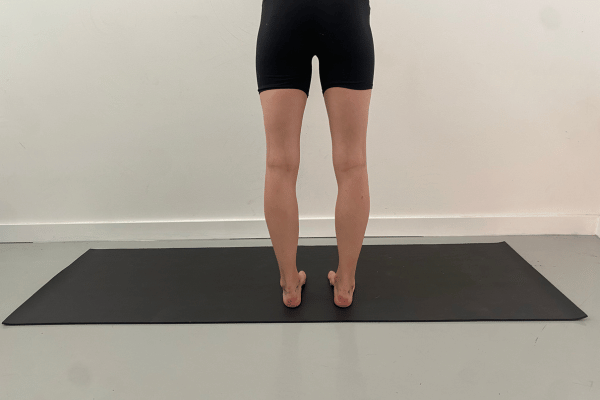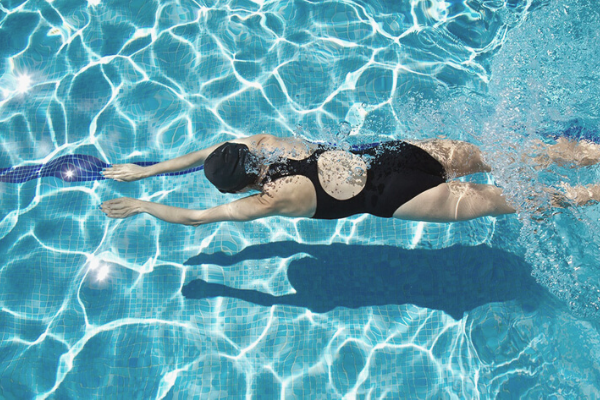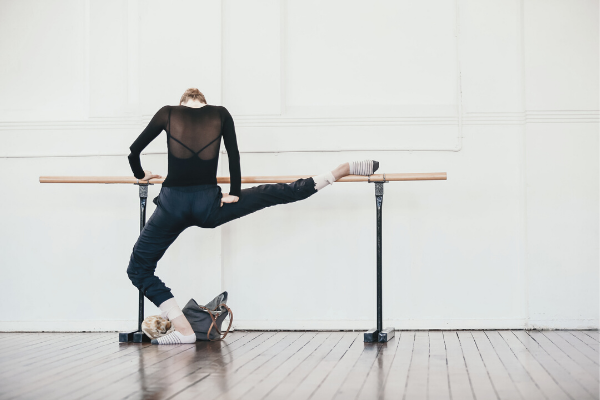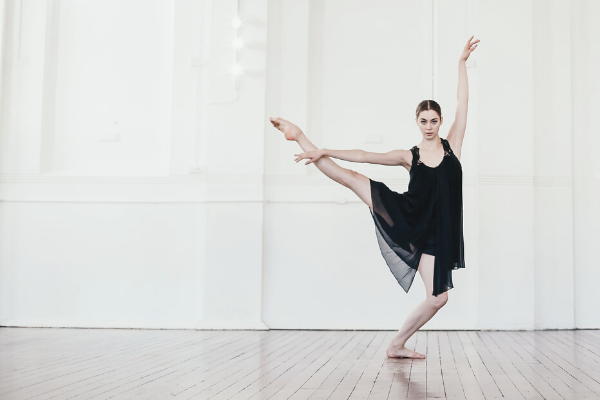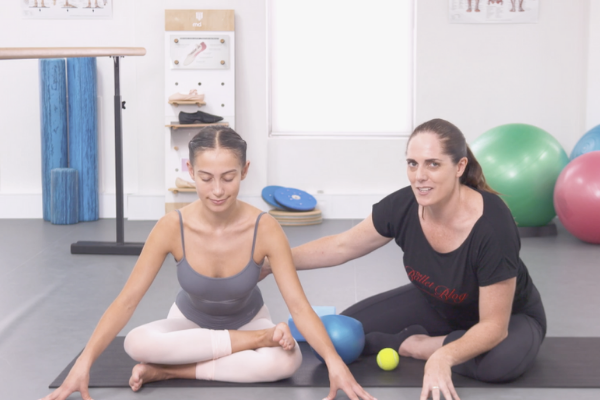- Free Articles
- Shop
- Workshops
- The Dance Educator Series
- Upcoming Workshops
- Workshop FAQ’s
- Host Application Form
- Student Workshop Application Form
- Dance Teacher & Health Professional Directory
- Workshop Testimonials
- Members Areas
- Cart
- My Account
Tips for Turnout - Isolating your True Turnout
In our first Tips for Turnout post we looked at ways of opening out the hips, to get some more turnout range, and discussed some reasons why your hips might be getting tight in the first place.
Once you have developed a little more range, it is essential to understand exactly how to train your turnout muscles safely. Far too many dancers do exercises to “improve their turnout” that may actually be damaging for their hips.
One of the most surprising things for us in the clinic is how few dancers actually know where their turnout muscles are! I always ask students to point out where their turnout muscles are both on their own body, and on a muscle chart and we always get a few surprising answers!
Without looking at any of the labels – on the body chart to the left - point to the area where you think your turnout muscles are… Then think about where on your body this would be…
• What other muscles do you think help with turnout?
• What muscles should not be used? Why?
• Where are your turnout muscles?
There are actually 6 Deep External Rotators which are shown in the image to the right. Gluteus Minimus (a) is not classed as one of the deep rotators, but does help stabilize the hip, and actually assists in turning the leg in!
a. (Gluteus Minimus - Internal rotator)
b. Piriformis
c. Gemelli (Superior & Inferior)
d. Obturator Internus
e. Quadratus Femoris
f. Obturator Externus (Not indicated in image)
Each of them works in a slightly different way, and in a different range. For example, your Quadratus Femoris is very much used in controlling turnout on your standing leg, whereas your Piriformis works more en fondu. In the Training Turnout program
we go into how to train each of these muscles in detail.
So… Where are these muscles on you?
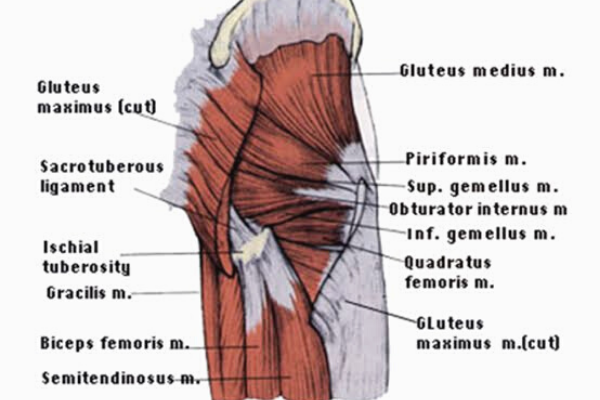
Your turnout muscles sit around the back of your hip, under the line of your leotard, from the lumpy bone on the outside of your hip (Greater Trochanter) towards your tail bone (Sacrum). Your Quadratus Femoris goes from your Greater Trochanter to your sitting bone (Ischial Tuberosity).
What other muscles do you think are involved in turnout?
Many people think that their bigger gluteal muscles, inner thighs or front of the hips are their turnout muscles. While the inner thighs do support turnout in some positions, they are not really ’turnout muscles’.
Your core muscles however are very important in creating a base to work your turnout from, and the muscles in your feet that help prevent from rolling can help stimulate a whole line of smaller muscles through your legs to stabilize more effectively in turnout.
Your deepest hip flexors (Psoas Major) are very important in helping to control the leg in turnout en l’air, and we will discuss this further in Part 3 of this article.
Your VMO (Inner part of the Quadriceps Muscle) will help to control the alignment of the knee en fondu, but again is not really a turnout muscle.
What muscles should not be used – and why?
If you grip with all of your gluteals to try and hold turnout (especially Gluteus Maximus and Gluteus Medius) you will tend to develop a lot of tension in the gluteal area. This can restrict your flexibility into turnout and also into the splits.
Your gluteal muscles are important to help you jump, so if they are already being used for turnout, then they either won’t be available to be used for jumping, or, if they let go of their job to turn out, then you will struggle to control your turnout in allegro. In addition, if you use your gluteal muscles or your hip flexors to help with turnout you may actually devlop tension in these muscles that will REDUCE your turnout over time!
If you use the front of the hips to work your turnout, the TFL and Rectus Femoris will get very tight, and may become sore and inflamed. This is often felt with pain in the front of the hips with retire, or if you notice that the hips are very tight when going into a plie.
Also try not to grip with the outside of the lower legs when attempting to get more turnout. This puts a lot of strain on the ankle and knee, and can lead to all kinds of other issues!
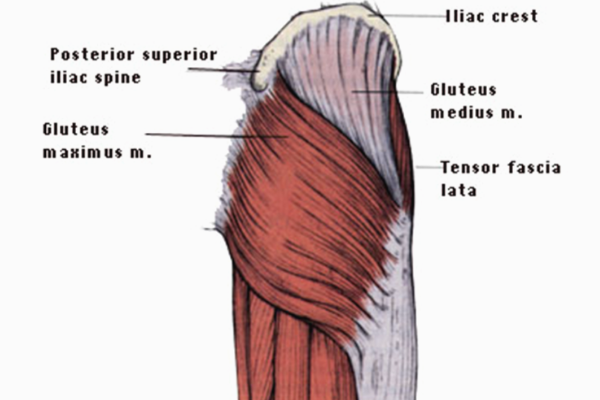
Turnout Resources
If you are looking to delve deeper into this topic, check out the following programs:
Tips for Turnout: This ‘Tips for Turnout Guide’ is a great starting point for anyone wanting to learn more about how to maximise turnout safely, and is the first resource in our Training Turnout Series. It gives you tips on improving your range, developing control of your standing leg and specific ways to increase the height of your développé devant.
Training Turnout: Deepen your exploration of the anatomy of the dancers’ hip with this unique Training Turnout eBook. As the second resource in our Training Turnout series this program is a great follow on from our Tips for Turnout Program. Learn how to assess and understand the structure of your own hips, strengthen standing leg turnout and turnout en fondu as well as develop extraordinary control in your adage.
Training Turnout in Tiny Dancers: If you are a dance teacher, this is the perfect continued education course for you. In this systematic and comprehensive approach to training turnout in tiny dancers, Lisa and Beverly provide dance teachers with direct techniques to use in class to safely develop optimal range and control of motion in all dance students. This program begins by establishing strength and control in parallel, before adding on the control of rotation, which is hugely important in the long term health of dancers’ hips. Using elements of fun and creative play to bring scientific and detailed training programs into dance schools is a unique and effective way to help thousands of young students worldwide.
Level One Dance Teacher and Therapist Training: This unique course covers a multitude of assessment and treatment techniques to individualise a dancer's training. With special focusses on Postural Control, Core Stability, Flexibility, Basic Classical Technique, The Dancers Hip, Allegro, Spinal Mobility and Arabesques, it is suitable for anyone working closely with dancers.
Anatomy Posters: These A3 posters are a great addition to the studio, to make it easy for teachers to explain the anatomy behind the movement to dance students. With clear anatomical images and descriptions of how each muscle works in a dancer, they are an essential tool for training intelligent dancers.



